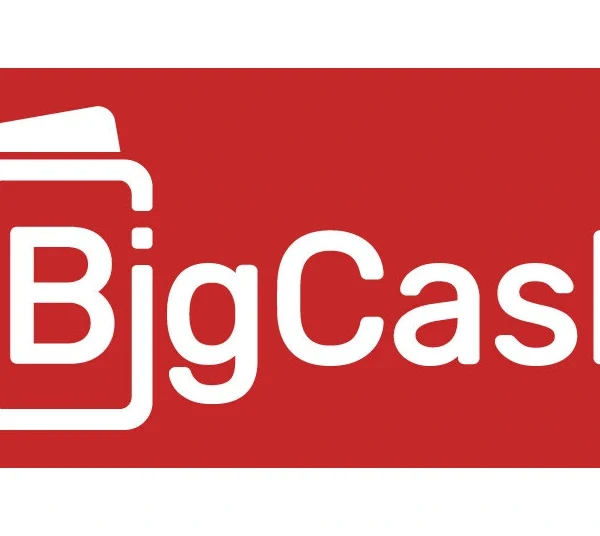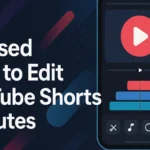Design Made Simple: How Canva is Revolutionizing Visual Creativity

In today’s digital world, visual content plays a major role in communication. Whether it’s a social media post, a business presentation, or a personal invitation, good design matters. However, not everyone is a professional graphic designer. That’s where Canva comes in—a user-friendly, powerful design platform that allows anyone to create stunning visuals with ease.
Since its launch in 2013, Canva has grown into one of the most popular online design tools in the world, with over 100 million users. From small business owners and educators to marketers and students, Canva empowers people everywhere to create beautiful content quickly and easily.
What is Canva?
Canva is a web-based design tool that offers a wide range of features for graphic creation. It allows users to build everything from social media graphics and business cards to presentations, flyers, infographics, and even videos. The platform is built for simplicity but doesn’t compromise on functionality. With a drag-and-drop interface, thousands of templates, and millions of design elements, Canva makes graphic design accessible to everyone—regardless of experience level.
It’s available on desktop browsers, as well as iOS and Android apps, making it easy to design on the go.
Key Features That Make Canva Stand Out
1. User-Friendly Interface
One of Canva’s strongest features is its intuitive design. Even people with no background in design can start creating within minutes. The drag-and-drop editor allows users to add and arrange elements with ease—no complex tools, no steep learning curve.
2. Professional Templates
Canva offers a massive library of templates—over 250,000 free and paid options. Whether you’re making a resume, a wedding invite, or a YouTube thumbnail, there’s a professionally designed template ready to customize. Templates are pre-formatted and optimized for different platforms and purposes, ensuring your final design looks polished and high-quality.
3. Extensive Media Library
Canva’s built-in library includes photos, videos, icons, illustrations, fonts, and audio clips. Users can search and add these assets directly into their designs, saving time and enhancing creativity. Canva also integrates with platforms like Pexels, Pixabay, and Giphy, offering even more content options.
4. Collaboration and Team Features
Canva supports real-time collaboration, making it an ideal tool for teams. Users can leave comments, suggest edits, and work on the same design simultaneously—similar to Google Docs. Canva for Teams also includes features like brand kits, folders, and workflow management to ensure brand consistency and smooth teamwork.
5. Brand Kit
For businesses and content creators, maintaining a consistent visual identity is essential. Canva’s Brand Kit feature allows users to upload logos, set brand colors, and choose brand fonts, ensuring every design reflects the company’s image.
6. Canva Presentations
Canva is a strong alternative to PowerPoint and Google Slides. Its presentation mode allows for transitions, animations, presenter notes, and collaboration. You can even record and share your presentation directly from Canva.
7. Video and Animation Tools
Canva goes beyond static design. It supports video editing, animated elements, and motion graphics. You can trim clips, add transitions, insert text overlays, and create animated social media posts—all within the platform.
8. Magic Design & Canva AI Tools
Canva’s new AI-powered tools bring a futuristic edge to your creative process. Magic Design can generate visual layouts based on a few inputs, while Magic Write (a Canva AI writing assistant) helps you generate text content. These tools speed up the creative process and help users brainstorm new ideas with minimal effort.
Who Uses Canva?
1. Small Business Owners:
Canva is perfect for creating branded marketing materials like posters, flyers, ads, and business cards—all without hiring a graphic designer.
2. Social Media Managers:
Thanks to Canva’s social media templates and scheduler, marketers can create engaging posts tailored for Instagram, Facebook, Twitter, and more.
3. Educators and Students:
Teachers use Canva to design lesson plans, worksheets, and presentations. Students use it for group projects, posters, and class presentations.
4. Nonprofits and Freelancers:
Budget-conscious organizations benefit from Canva’s free tools to create professional graphics for outreach, events, and awareness campaigns.
5. Corporate Teams:
Larger teams use Canva Pro or Canva for Teams to manage design assets, collaborate efficiently, and maintain brand consistency across departments.
Free vs. Paid Versions
Canva offers a free plan with access to thousands of templates and design elements, but also provides premium plans:
- Canva Pro: Designed for individuals or solo creators. It includes advanced features like brand kits, premium templates, background remover, and storage upgrades.
- Canva for Teams: Ideal for groups and businesses, allowing shared folders, team collaboration, approval workflows, and more.
There are also free options for nonprofits and educational institutions, making Canva more accessible to everyone.
Canva in Everyday Use
Let’s say you’re a small business owner launching a new product. Here’s how Canva can streamline your campaign:
- Create a logo using Canva’s brand logo templates.
- Design product labels with drag-and-drop tools.
- Develop social media content (ads, stories, banners).
- Build a product catalog or promotional flyer.
- Design a pitch presentation for investors or partners.
- Schedule and publish posts using Canva’s Content Planner.
All of this can be done from a single platform—quickly and affordably.
Advantages of Using Canva
- Speed and Efficiency: Create polished designs in minutes.
- No Design Skills Needed: Great for beginners and non-designers.
- Versatility: Useful for business, education, personal, and marketing needs.
- Cost-Effective: Free version is robust; Pro version adds premium features affordably.
- Cloud-Based: Access your designs from any device, anywhere.
Limitations to Consider
While Canva is incredibly useful, it’s not without its limitations:
- Not as advanced as Adobe tools for professional designers.
- Limited customization on certain templates or animations.
- Heavy internet dependence, since it’s a cloud-based app.
However, for most everyday users and business needs, Canva is more than capable.
The Future of Canva
Canva continues to innovate with AI features, real-time editing, and integrations with other platforms like Google Drive, Dropbox, and HubSpot. The company’s goal is clear: to empower the world to design.
As they roll out more advanced tools and expand into team collaboration and branding, Canva is shaping the future of creative design—one accessible project at a time.
Conclusion
In a world where visuals speak louder than words, Canva offers an elegant and accessible solution. Whether you’re building a business, running a classroom, or growing your personal brand, Canva gives you the power to design like a pro—without the hassle or expense.








One Comment
blogger
how to use canva for free?